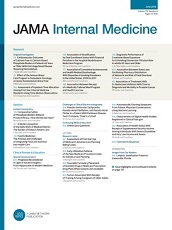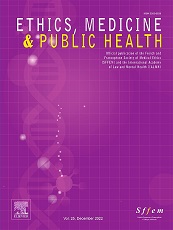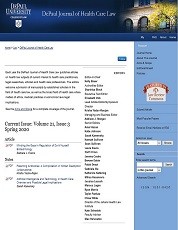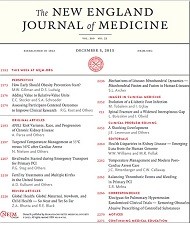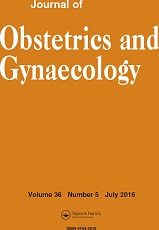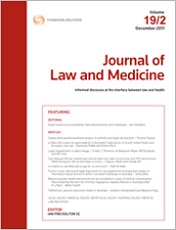Julia Zenz, Michael Tryba, Michael Zenz
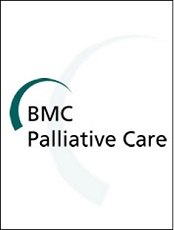
Abstract
Background: Euthanasia and physician assisted suicide (PAS) are highly debated upon particularly in the light of medical advancement and an aging society. Little is known about the professionals’ willingness to perform these practices particularly among those engaged in the field of palliative care and pain management. Thus a study was performed among those professionals.
Methods: An anonymous questionnaire was handed out to all participants of a palliative care congress and a pain symposium in 2013. The questionnaire consisted of 8 questions regarding end of life decisions. Proposed patient vignettes were used.
Results: A total of 470 eligible questionnaires were returned, 198 by physicians, 272 by nurses. The response rate was 64 %. The majority of professionals were reluctant to perform euthanasia or PAS: 5.3 % of the respondents would be willing to perform euthanasia on a patient with a terminal illness if asked to do so. The reluctance grew in case of a patient with a non-terminal illness. The respondents were more willing to perform PAS than euthanasia. Nurses were more reluctant to take action as opposed to the physicians. The majority of the respondents would attempt to treat the patient’s symptoms first before considering life-ending measures. As regards any decision making process the majority would consult with a colleague.
Conclusions: This is the first German study to ask about the willingness of professionals to take action as regards euthanasia and PAS without biased phrasing. As opposed to the general acceptance that is respectively high, the actual willingness to perform life-ending measures is low. The German debate on physician assisted suicide and its possible legalization should also incorporate clarifications regarding the responsibility who should eventually perform these acts.
Zenz J, Tryba M, Zenz M. Palliative care professionals’ willingness to perform euthanasia or physician assisted suicide. BMC Palliative Care. 2015 Nov 14;14(1).

